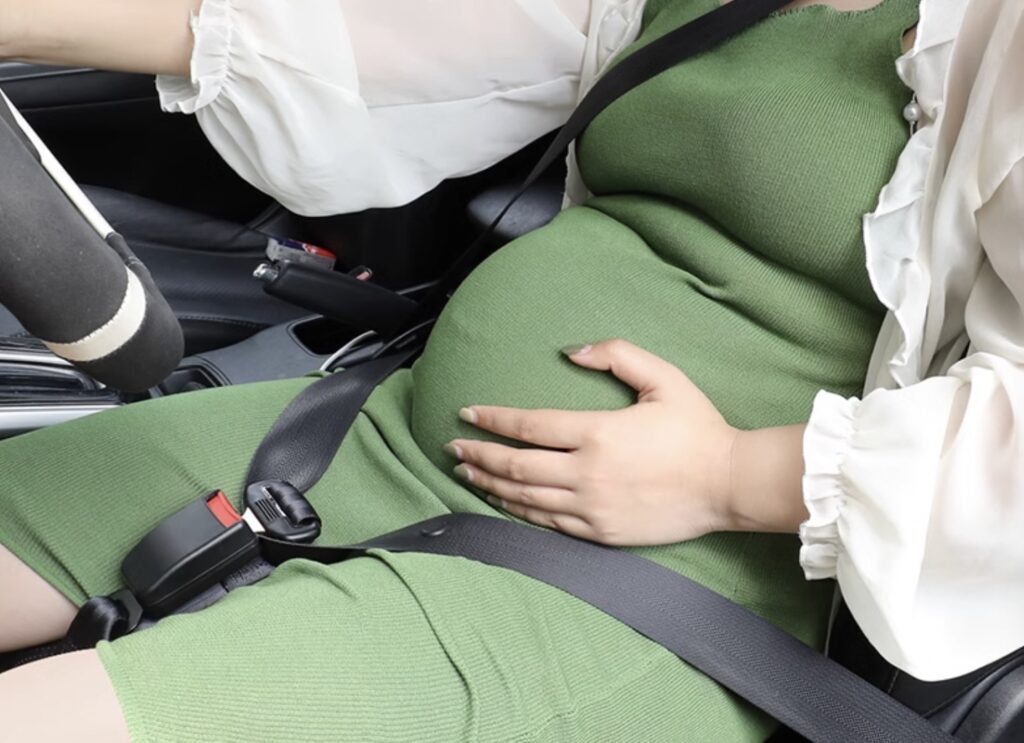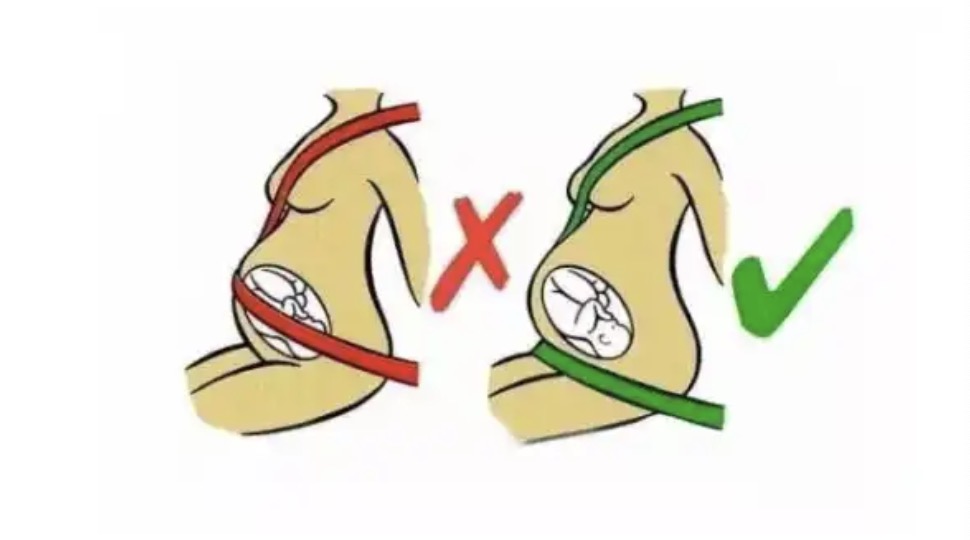
Welcome, future parents and safety seekers! Today, we’re diving into the crucial yet debated world of pregnancy seat belt straps. Ensuring safety for both you and your unborn baby during car rides is paramount, but are these specialized seat belts the lifesavers they claim to be? Let’s buckle up and navigate through the sea of seat belt adjusters and positioning devices during pregnancy, exploring claims and debunking myths together.
Pregnancy brings a mix of joy and safety do’s and don’ts for the pregnant woman and unborn child. With pregnancy seat belt straps zooming through the market, promising extra protection for the pregnant belly, how many of these claims have been rigorously tested to ensure they genuinely keep your baby safe in the event of a crash? Navigating through these products, each promises a safe ride for my unborn baby and me, ensuring the lap portion fits snugly without jeopardizing comfort. But does it safeguard two lives or merely provide a false sense of security?
Navigating through the intricate world of seat belt design, especially when considering the unique needs of a pregnant person, is no small feat. The lap belt and shoulder belt combination in conventional seat belts are designed to secure an individual firmly, minimizing risk during motor vehicle crashes. But when it comes to accommodating a pregnant belly, the dynamics change. The lap portion needs to fit snugly below the belly, ensuring it doesn’t exert pressure on the unborn child while still maintaining its primary seat belt functions.
From a project management lens, developing a seat belt that caters to pregnant women while ensuring no compromise on seat belt safety is a delicate balance. Seat belt positioners and adjusters have flooded the market, each claiming to offer that perfect balance of safety and comfort. But the real challenge lies in validating these claims through rigorous testing and ensuring they adhere to safety norms, protecting both the pregnant woman and the unborn baby in the event of car crashes.

Seat belt use during pregnancy is endorsed by medical professionals to safeguard both the pregnant woman and unborn child from potential risks during car accidents. However, the seat belt must be worn correctly, with the lap belt snugly placed under the belly and the shoulder strap positioned between the breasts. Medical experts emphasize the importance of seat belt positioning devices that do not introduce slack into the belt, ensuring the seat belt performs its seat belt functions effectively in crash events.
Navigating the legal and ethical waters of designing and marketing pregnancy seat belt straps is complex. Every claim, especially those related to car safety and the protection of life (both the pregnant individual and unborn child), must be substantiated with robust data and testing results. The challenge lies in ensuring that these aftermarket products, like seat belt adjusters, do not compromise the seat belt’s primary function – to save lives in the event of car crashes. Thus, ensuring transparency, ethical marketing, and legal compliance is paramount in this sensitive domain.
Embarking on the journey of pregnancy, numerous pregnant women find themselves grappling with the seat belt – a simple car safety device that suddenly becomes a puzzle. Sarah, a second-time mom, shared her daily ritual of adjusting the lap belt and shoulder belt, ensuring they protect without pressing against her pregnant belly.
Navigating through seat belt safety during pregnancy is a unique journey, often feeling like an experimental path where pregnant people become unwilling guinea pigs. The lap portion of the belt, the position of the shoulder strap, and the proximity to the steering wheel become daily considerations, aiming to protect the unborn baby while also ensuring the seat belt is worn correctly to safeguard the pregnant person.
Navigating through the myriad of seat belt adjusters and positioning devices, each pregnant person’s journey to ensuring seat belt safety while protecting their unborn child is unique and invaluable. From ensuring the lap belt sits snugly below the belly to maintaining a safe distance from the air bag, the stories and experiences are as varied as they are enlightening.
Your experiences, from the first-time apprehension of wearing a seat belt while pregnant to finding that perfect seat belt positioner, are gems of wisdom for others on a similar journey. Whether it’s a tip on how to wear a seatbelt to avoid pressure on the pregnant belly or a story of an unexpected car accident that highlighted the leading cause of fetal deaths, your story could be a beacon for others. Let’s create a space where every pregnant person finds a voice, a listening ear, and a collective wisdom that guides and reassures.
A1: Wearing a seat belt correctly during pregnancy involves ensuring the lap belt sits below your pregnant belly, snugly across your hip bones and pelvic bone, while the shoulder belt should be placed between your breasts and to the side of your belly. Always opt for a three-point seat belt system for optimal safety.
A2: When riding in the passenger seat, ensure to sit back with the seat adjusted to provide extra room between the dashboard and your belly. Your chest and neck should be at a safe distance from the airbag, and you should comfortably reach the dashboard without straining.
A3: Yes, the American College of Obstetricians and Gynecologists recommends that pregnant individuals wear their seat belt with the lower strap positioned below the belly, running across the hips, and the upper strap placed between the breasts and to the side of the belly to maximize seatbelt safety.
A4: Consumer reports underscore the importance of seat belts during pregnancy and caution about aftermarket safety products due to possible insufficient testing.
A5: In a car crash, there’s a risk that the placenta separates from the uterus, which can be dangerous for the unborn child. Wearing a seat belt correctly by positioning it over the thighs and below the belly can mitigate the risk by reducing the impact on the abdomen and placenta.
A6: To protect your body and ensure safety, adjust the seat to have as much space between the steering wheel and your belly while maintaining the ability to comfortably reach the pedals. Ensure the lap belt is snug across your pelvic bone, and the shoulder belt runs across your chest, away from your neck and arm, and to the side of your belly.